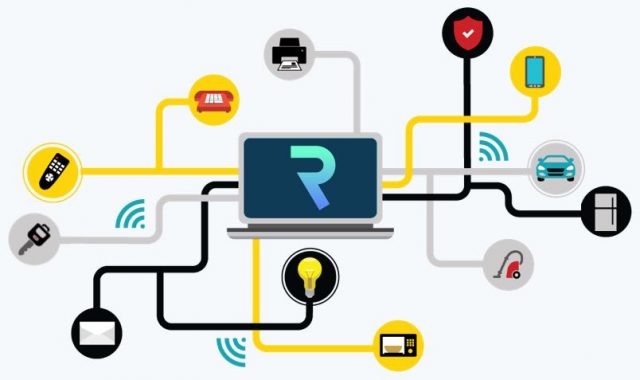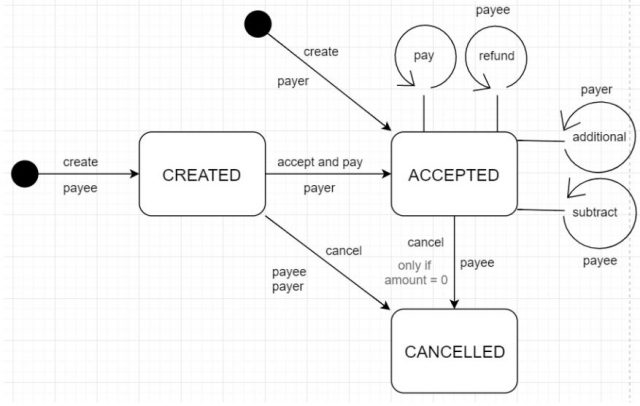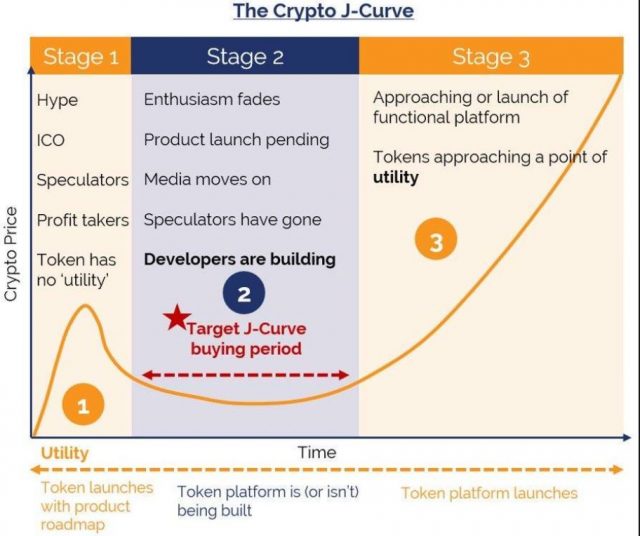
Request Network (REQ) – Reinventing Invoices through Blockchain – Potential #10

Request Network (REQ) by releasing their JavaScript library will now allow developers to build DApps (Decentralized Apps) on top of the Request Network. Despite being a project in their early days they promise new ground-breaking solutions.
This a big step for them since they intend to create a platform to reinvent invoices and payment methods, which means that retail vendors and employers in general will be able to create contracts that would allow you to get your salary through cryptocurrencies.
The possibility of creating smart contracts through Request (REQ) got their community excited and only a few days after this was possible their newly created Slack conversation for developers counted on 150 devs already.
The architecture of the newly added smart contracts can be divided in three categories:
- Core Contracts
- Currency Contracts
- Extension Contracts
Each one serves a different purpose where the Core Contracts are used for the storage of the base data. The Currency contracts serve for specifying the transactions to be made, the time for them to happen and the ability to detect payments. The Extension Contracts are probably the most exciting ones where you could define business roles to certain wallets so you could easily pay salaries through it.
How to they intend to do things differently?
Request Network (REQ) intends to make payments through blockchain in a unique way, where the network would confirm the payment or transaction request before the transaction occurs and not at the moment of transaction just like every other blockchain project.
The way they intend to do this can be more easily comprehended through the graphic posted on their GitHub documentation tab. Check Below:

Image 1 – Different actions each participant can take in Request (REQ) – Source: https://github.com/RequestNetwork/Request/wiki
How can they do this?
They follow a data structure that allows the making of decisions on both ends like explained below. Request (REQ) also allows developers of smart contracts different commands such as:
- Create
- Sign (create offline but don’t broadcast)
- Pay (partially or entirely)
- Add an additional (tips…)
- Add a subtract (refunds, discounts…)
- Accept (useful for invoices which have a later due date…)
- Cancel
By reading this you easily see how flexible the Request Network (REQ) plans to be and how this business model can be applied in the future to their potential customers.
Request (REQ) also plans to create reputation for users through their Extension Contracts where a cancelled invoice for lack of funds or whatever reason would stain this users given reputation.
Market Analysis
Request Network’s (REQ) main net still hasn’t been launched so the results they plan on showing are still far from completion. Nevertheless, you should be paying attention to this token, especially when the market takes a dip, because since they haven’t yet shown real progress, people who invested are more likely to sell which makes the price go even lower.
Once the “Request Great Wall” (how they call the mainnet) is launched we can expect that this token will have a drastic increase assuming they deliver on their promises.
The crypto market suffered this most recent dip but it is already bouncing back and we can expect Request Network (REQ) to go back to its most recent all-time high as soon as February since in the last years the behavior of the market in January has been very similar.
REQ is currently being traded at $0.64 USD and can be purchased through Binance, KuCoin and OKEx and the community is trying to get CoinEx. You can expect this coin’s behavior to follow that is usually observed in new projects just like projected below.

Image 2 – Normal Behaviour for new projects such as REQ – Source: https://imgur.com/AypV0bP
The trillion-dollar mark for the market is now more distant than a month ago but still we can expect 2018 to be a great year for crypto and for Request Network (REQ) as well.